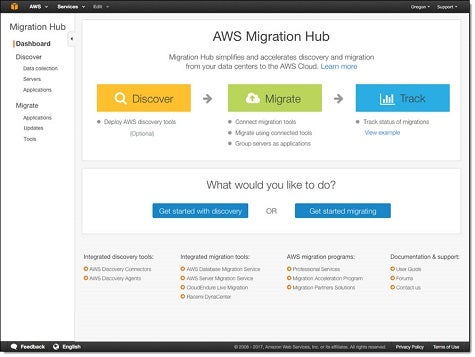Amazon Web Services (AWS) today unveiled a series of new offerings designed to make it simpler for IT administrators to manage and secure a public cloud at scale.
Announced at an AWS Summit event, the new capabilities span everything from an AWS Macie tool that employs machine learning algorithms to automatically discover and classify data stored in the AWS S3 cloud service to a managed AWS Glue data catalog service that includes a set of extract, transform and load (ETL) tools based on a serverless computing framework that is designed to make it simpler to move data between AWS database and storage services.
Dr. Matt Wood, general manager for artificial intelligence at AWS, told attendees that AWS is now moving to extend ongoing investments in machine learning algorithms and serverless computing frameworks to automate as many low-level administrative and programming tasks as possible.
“You can run jobs at scale without managing all the infrastructure under the hood,” says Wood.
AWS also announced today an ability to encrypt data at rest within the AWS Elastic File System (EFS), a complete rewrite of AWS CloudHSM for managing encryption keys for infrastructure, as well as moving to make available new configuration rules that alert administrators when data stored on AWS has been exposed in a way that can be globally read or written over.
Finally, AWS also announced that the AWS CloudTrail audit service will now be turned on by default to give IT organizations the ability to track events for up to seven days and that AWS is making available AWS Migration Hub, a dashboard through which IT organizations can track the status of multiple AWS migration projects.
As more cloud deployments come under the auspices of traditional IT organizations, it’s clear that AWS is starting to focus more on classic enterprise IT management issues. The degree to which AWS can automate many of those tasks will play a critical role in reducing the total cost of ownership in a public cloud computing environment. Less clear is to what degree those capabilities will provide a competitive edge versus simply being the new IT automation table stakes required for delivering an enterprise-class public cloud service.



